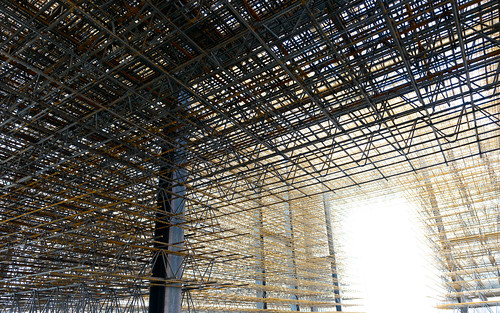"Ask a sculptor, and he'll tell you that sculpture is simple. All you do is chip away all that isn't part of what you're trying to sculpt. Simply take away all the stone that isn't what you need, and you're done.
Photography is the same. You have to work diligently to remove everything from your picture that isn't part of the picture. Remove all distractions and anything and everything that isn't directly related to telling the story you're trying to tell, and when you've removed every distracting or unrelated element, your masterpiece is complete.
Photography, like sculpture, is completely backwards from painting. In painting, you start with a blank canvas and add only what is needed. In sculpture you start with a large block, and remove all that isn't needed. Likewise a camera sees everything, and it's the photographer's duty to move around, get closer and remove everything that isn't contributing to his image."
So what Ken is saying is: "Eliminate the nonessential"! The really tough question here is: What is essential to your image and what not.
My thoughts: If you eliminate enough from a photograph you might end up with an abstract - once enough references to reality are removed from the image to make it recognizable.
Like the persons in front of the sculpture that give the observer a good reference to judge the height of it, or the view of the building in the background that supplies the beholder of the image with a reference of the setting. See the following image:


